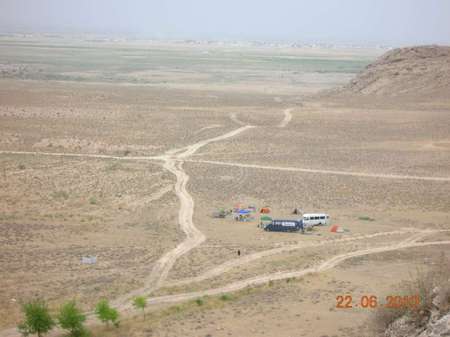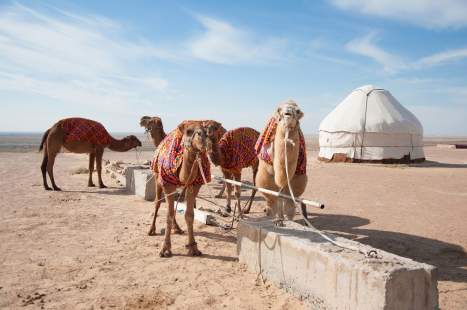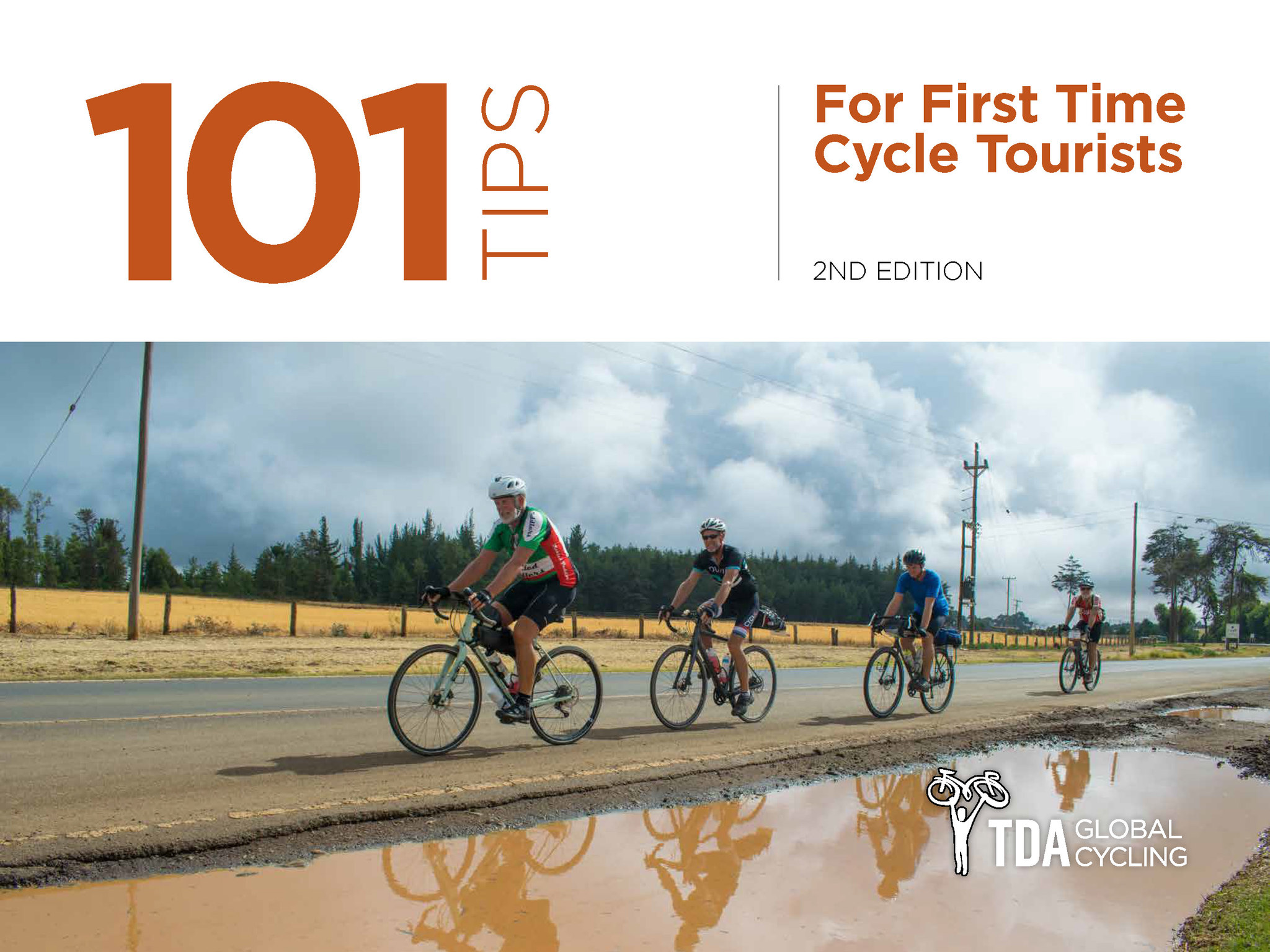Blog
Modern (in) Conveniences

Kow Ata Camp
The countries we travel though are great. Many like Turkey and Georgia, have ancient histories and date back to the 4th and 5th centuries. One of the pleasures of visiting the old parts of cities in places like Istanbul, Tblisi, and to some extent, Baku is the charm of the old buildings and narrow, often cobbled, streets. I’m a big fan of city planning. Smart streets. Livable cities. The old parts of these modern cities have many of these ‘liveable’ elements that today’s city planners are struggling to achieve. Things like mixed use structures with apartments on the upper floors and retail stores at street level create neighborhoods that operate as independent communities. You buy your groceries from your neighbor, his son helps you paint your house, you might see your doctor or your mechanic at the laundry or local pub. Most things are within walking distance. The narrow streets make travel by vehicle more difficult than walking or public transport.
Of course the design is not perfect. These communities were built hundreds of years ago when population density was lower and public services were minimal. So things like efficient waste disposal, parking, street cleaning, code enforcement etc… still need a lot of improvement. Retrofitting old buildings to accommodate modern needs like electricity, HVAC and plumbing can prove difficult and often leads to some less than ideal compromises (it’s pretty hard to run pipes and electric wires through a 12 inch stone wall). As economies grow there is a demand for larger stores and more people need to commute to work which can clog the streets with noisy, dirty traffic. When you contrast the lifestyle of people in the old cites to their modern counterparts it makes you wonder whether we should focus our efforts on modernizing buildings or changing our own lifestyles to be less demanding. Certainly both are needed.
Ashgabat, in Turkmenistan, has no old city. Not that I’ve seen. Not in the same way as other countries we’ve visited on the Silk Route. The city was rebuilt after the 1948 earthquake that killed over 100,000 and leveled the city but the most attractive feature of it’s reconstruction was apparently a giant topiary in the shape of an airplane. Saparmurat Niyazov, the first President of Turmenistan (also called Turkmenbashi – Father of Turkmen) created a grand plan to renovate Ashgabat when the country gained independence in 1991. The old structures were torn down, even the historic site of the original Ashabat settlement, Gorka, was plowed under.
The city now is beautiful, but has a strange feel to it. Sort of sterile. By city ordinance all buildings must be covered in Marble tile that are 80 cms x 50 cms and 3 cms thick. 10 and twelve story white marble building line the center of the city along a great pedestrian mall. At one end of the mall is a 75 meter monument dedicated to Turkmenbashi. At the top of the monument is a 12 meter statue of President Niyazov that is made of gold and rotates to always face the sun. Behind the monument is a memorial to the 1948 earthquake that depicts a giant bull (with surprisingly large testicles) with the world skewered on its horns. Atop the world is a golden child statue, riding out the shaking of the earth and representing the future of Turkmen. Surrounding the mall are many other grand buildings and monuments and of course, a few more golden statues of Turkmenbashi. The city center of the city is surprisingly void of people and it is very clean. Smoking is banned in all public areas, ever since the president quit smoking a decade ago.
Our ride through Turkmenistan started from the port in Turkmenbashi (named after the President). We were a day behind schedule because the ferry was late arriving so we rode 80 kms in the desert heat before putting everyone on a bus to drive 290 kms closer to Ashgabat so we could ride the last two days into the city. On the way we stopped at a salt lake for cool dip. Initially we had problems with the police, who were very concerned for our safety and were not happy with our diversion from the route, but eventually we were allowed to swim and interact with the locals who had also shown up for a dip. The next day we were very lucky. The blazing summer sun was subdued by cloud cover and the wind was in our favor. Most riders covered the 140 kms to camp 4 to 5 hours. We camped at Kow Ata, an underground thermal lake and place of legend and myth for Turkmen. Located at the bottom of a cave 175 meters down a steep stone staircase the green, sulfuric, thermal lake is said to have all kinds of healing properties. Climbing back out of the cave and towards the light you feel like you are ascending back from the river Styx. We’ve found the people of Turkmenistan to be very friendly and curious. 80’s music seems very popular here. The restaurant where I had dinner last night played a loop of Bruce Springsteen videos on a big flat screen and the cab driver who took me to the large bazaar outside the city played hits from Rod Stewart, Huey Lewis and Depeche Mode. The Tolkuchka bazzar was really interesting. Held on Thursdays, Saturdays and Sunday it is a very different from the city itself. You walk by camels and sheep being lead into trucks by their new owner as you weave your way thru the vegetable market and back into to the carpet area. Nearby are men selling Turmen hats and cloaks and women selling old jewelry and wedding costumes. It’s a lively place that really gives you a sense of the countries history. Tomorrow we head out of the city towards Mary and eventually to the Turkmenbat and the border with Uzbekistan. Only 8 riding days left on tour.
 REGISTER NOW
REGISTER NOW




Leave a Comment for "Modern (in) Conveniences"